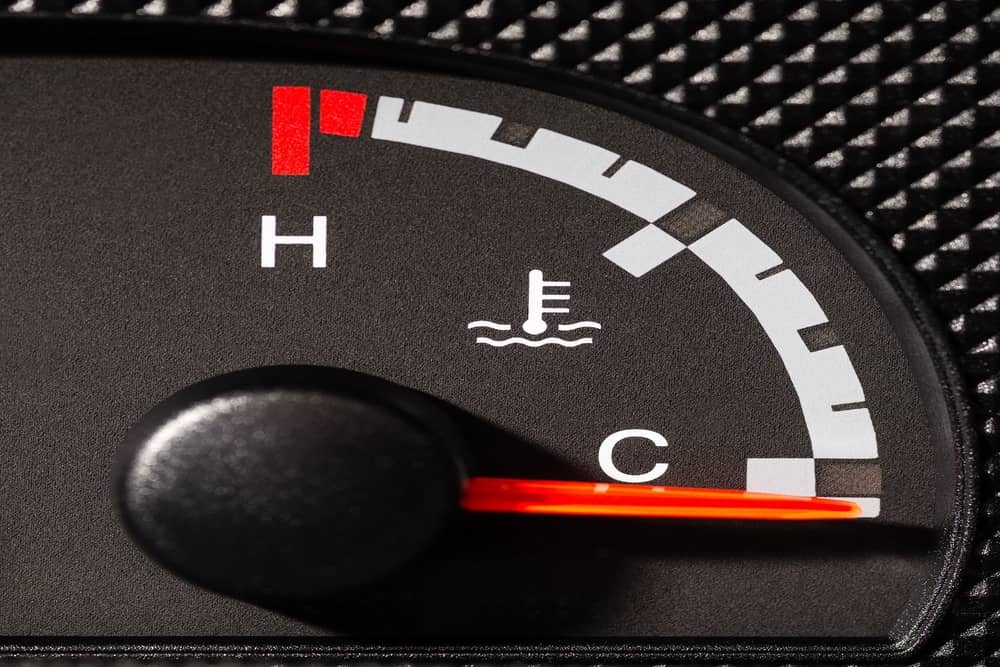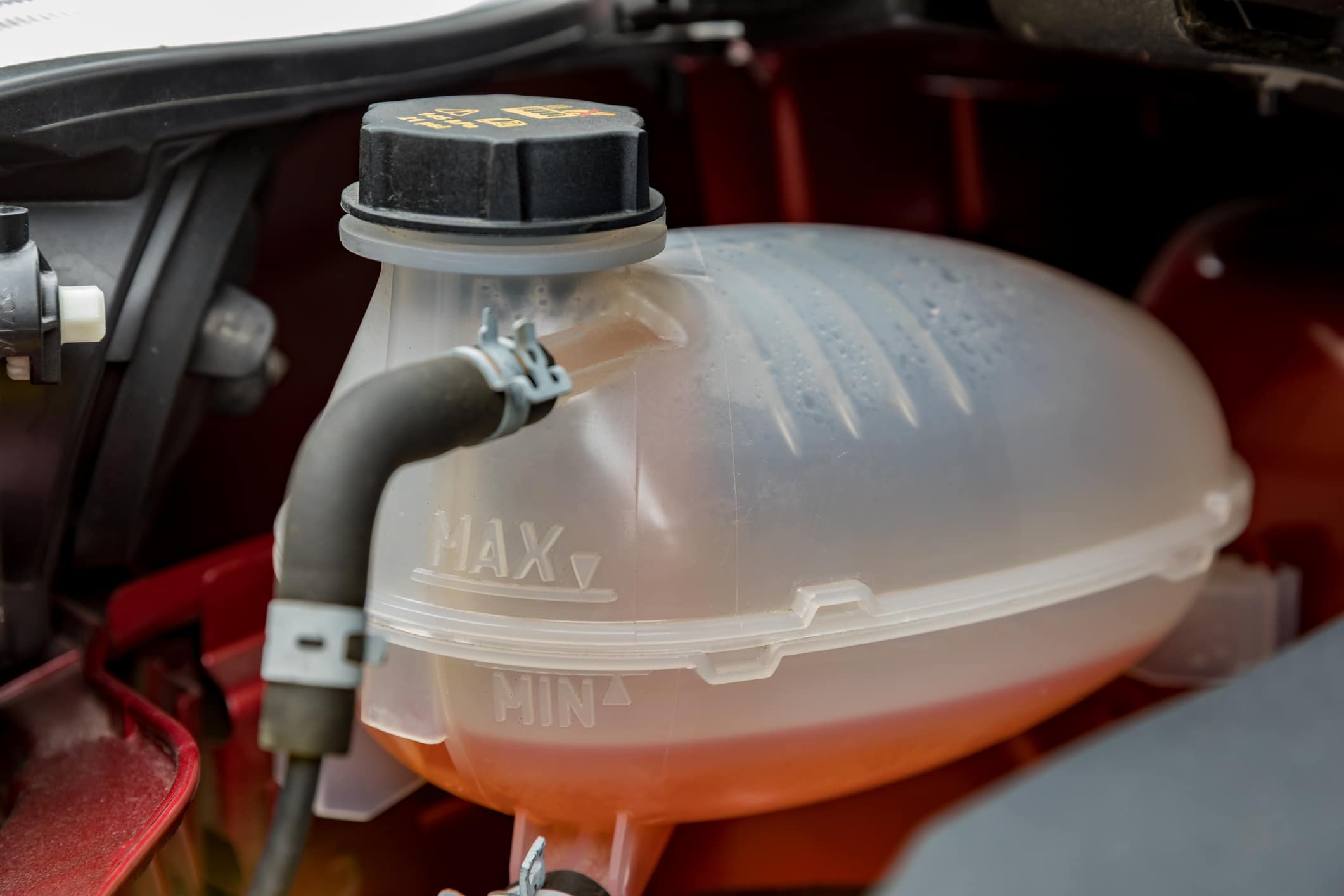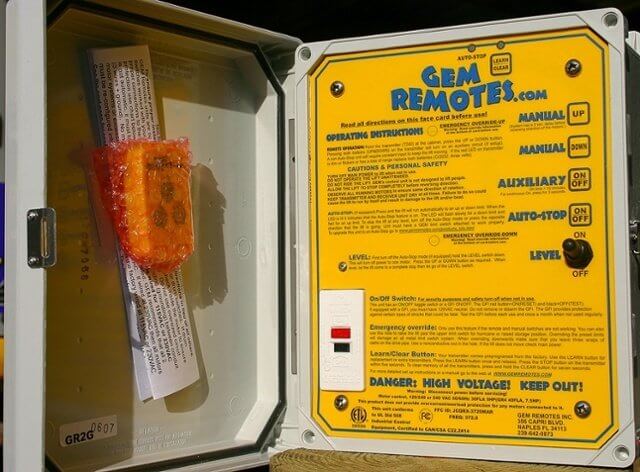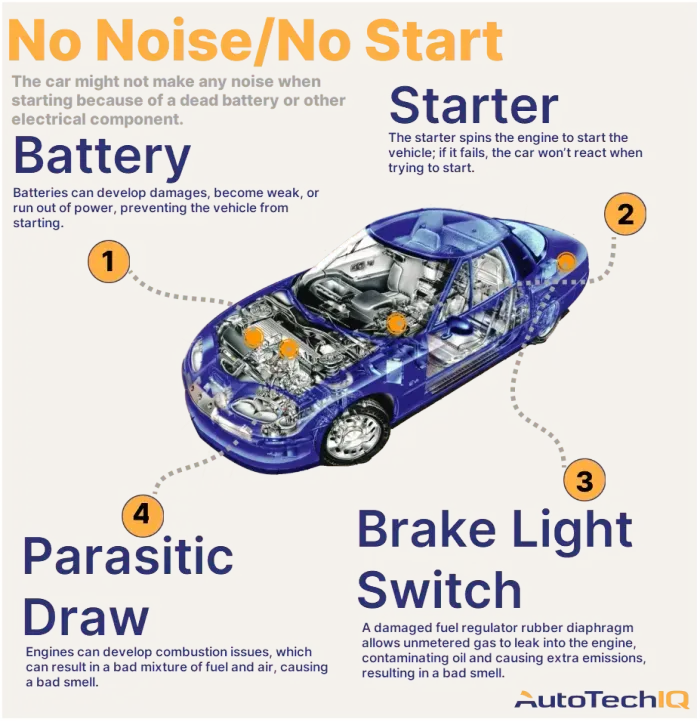A car needs antifreeze when temperatures drop below 32°F (0°C). This prevents the engine from freezing and protects vital components.
As winter approaches, understanding the importance of antifreeze becomes crucial. Antifreeze, also known as coolant, helps regulate your car’s engine temperature. Without it, cold weather can cause serious damage to the engine. Different climates require different care. Knowing the right temperature to add antifreeze can save you from costly repairs.
In this blog post, we will explore the temperature thresholds for using antifreeze. We will also discuss why it’s essential for your car’s health. Keep reading to learn how to protect your engine during the cold months.
Importance Of Antifreeze
The importance of antifreeze in a car cannot be overstated. Antifreeze ensures the engine operates smoothly in various temperatures. It keeps the engine from freezing in winter and overheating in summer. Understanding how antifreeze works helps maintain your car’s health.
Role In Engine Protection
Antifreeze plays a vital role in engine protection. It prevents the coolant from freezing. Frozen coolant can cause severe engine damage. Antifreeze also protects against corrosion. This is crucial for maintaining the engine’s longevity. Without antifreeze, metal parts can rust and deteriorate.
Prevention Of Overheating
Antifreeze helps prevent overheating. It raises the boiling point of the coolant. This allows the engine to run at higher temperatures without boiling over. Overheating can cause engine failure. Antifreeze ensures the engine remains at a safe temperature. This is essential for the car’s performance.

Credit: www.autotechiq.com
How Antifreeze Works
Cars need antifreeze to prevent the engine from freezing in cold temperatures. Antifreeze works effectively when temperatures drop below 32°F (0°C). It keeps the engine from freezing and overheating, ensuring smooth performance.
Antifreeze is crucial for any vehicle. It helps regulate the engine temperature. Without it, the engine can overheat or freeze. This section explains how antifreeze works in your car.Chemical Composition
Antifreeze contains ethylene glycol or propylene glycol. These chemicals lower the freezing point of water. They also raise the boiling point. This balance keeps the engine safe in extreme temperatures.Interaction With Engine Coolant
Antifreeze mixes with water to create engine coolant. This mixture flows through the engine. It absorbs excess heat. The radiator then cools the liquid. This process repeats, keeping the engine at a stable temperature. “`Optimal Temperature Range
Antifreeze plays a crucial role in maintaining your car’s optimal performance. Understanding the optimal temperature range for antifreeze ensures your engine stays protected in various weather conditions. This knowledge helps you avoid costly repairs and ensures a smooth driving experience.
Freezing Point
Antifreeze lowers the freezing point of the coolant in your car’s engine. This is vital during cold weather. Without antifreeze, the coolant could freeze, causing the engine block to crack. Generally, antifreeze protects your car down to -34°F (-37°C). This range ensures your car remains safe in harsh winter conditions.
Boiling Point
In addition to lowering the freezing point, antifreeze raises the boiling point of the engine coolant. This is crucial during hot weather. The higher boiling point prevents the coolant from boiling over. Standard antifreeze can protect your engine up to 265°F (129°C). This range helps your car avoid overheating on sweltering summer days.
Understanding the optimal temperature range for antifreeze is essential. It keeps your car running smoothly in both extreme cold and heat. Regularly checking your antifreeze levels and ensuring the right mixture is key to maintaining your vehicle’s health.
Signs Your Car Needs Antifreeze
Recognizing the signs your car needs antifreeze can prevent engine damage. Antifreeze, or coolant, keeps your car running smoothly in extreme temperatures. Here are key indicators that your car may need more antifreeze.
Warning Lights
Your car’s dashboard has warning lights to alert you. If the temperature or coolant light comes on, it’s a sign. Your engine may be overheating. This usually means the antifreeze level is low.
Visible Leaks
Check under your car for puddles. Green, orange, or pink fluid indicates a coolant leak. This fluid means your car is losing antifreeze. Leaks can lead to engine overheating.
Checking Antifreeze Levels
Maintaining the right antifreeze levels in your car is crucial. It helps keep the engine from freezing in winter and overheating in summer. Regular checks can prevent costly repairs. Let’s explore how to check antifreeze levels.
Using A Hydrometer
A hydrometer is a simple tool to check antifreeze quality. It measures the density of the antifreeze solution. This can tell you if it’s still effective.
- First, make sure the engine is cool.
- Remove the radiator cap.
- Insert the hydrometer into the radiator.
- Draw some antifreeze into the hydrometer.
- Read the scale on the hydrometer.
The reading will show the freezing and boiling points. This helps ensure the antifreeze is still protecting your engine.
Visual Inspection
A visual inspection is another way to check antifreeze levels. This method is straightforward and quick.
- Wait until the engine is cool.
- Open the hood and locate the coolant reservoir.
- Check the fluid level against the markings on the side.
- Look at the color of the antifreeze. It should be bright and clear.
If the antifreeze is cloudy or rusty, it may be time to replace it. Clean antifreeze is vital for engine health.

Credit: gobdp.com
Types Of Antifreeze
Understanding the different types of antifreeze is crucial for car maintenance. Each type has its own properties, uses, and benefits. Here, we will explore the two main types: Ethylene Glycol and Propylene Glycol.
Ethylene Glycol
Ethylene Glycol is the most common type of antifreeze. It is known for its effective cooling properties. This type can lower the freezing point of water in your car’s engine. It also raises the boiling point. This ensures your engine runs efficiently in extreme temperatures. Ethylene Glycol is toxic. Always handle it with care and keep it away from children and pets.
Propylene Glycol
Propylene Glycol is a safer alternative to Ethylene Glycol. It is less toxic and often considered environmentally friendly. This type is commonly used in food processing and pharmaceuticals. Propylene Glycol also has good cooling properties. It protects your engine from freezing and overheating. While it is safer, always follow the manufacturer’s guidelines for use and disposal.
How To Add Antifreeze
Knowing how to add antifreeze is essential for vehicle maintenance. It ensures your car runs smoothly in cold weather. Below, we outline the necessary steps to add antifreeze to your car.
Safety Precautions
Before starting, always follow these safety measures:
- Ensure the engine is cool. Never open the radiator cap when hot.
- Wear gloves to protect your hands.
- Work in a well-ventilated area.
- Keep antifreeze away from children and pets.
Step-by-step Guide
Follow this simple guide to add antifreeze:
- Locate the radiator cap. It is usually at the front of the engine.
- Remove the cap carefully to release any pressure.
- Check the antifreeze level. Use the dipstick or markings inside the radiator.
- Prepare the antifreeze. Mix it with water if needed, following the instructions.
- Pour the antifreeze into the radiator. Use a funnel to avoid spills.
- Replace the cap securely. Ensure it is tightly closed.
- Start the engine and let it run for a few minutes.
- Check for leaks and ensure the temperature gauge reads normal.
Adding antifreeze is simple but vital. It keeps your car in top shape during cold weather.
Seasonal Antifreeze Maintenance
Seasonal Antifreeze Maintenance is crucial for keeping your car in top condition. Antifreeze, or coolant, helps regulate the engine’s temperature. It prevents the engine from freezing in winter and overheating in summer. Regular maintenance ensures your car runs smoothly throughout the year. Let’s dive into the seasonal checks you need to perform.
Winter Preparation
As winter approaches, check your antifreeze levels. Cold temperatures can cause the engine to freeze. This may lead to serious damage. Ensure the antifreeze mixture is strong enough to withstand low temperatures.
Use a refractometer or antifreeze tester to check the mixture. The ideal ratio is 50% antifreeze and 50% water. Adjust the mixture if necessary. This simple step can save you from expensive repairs.
Inspect the radiator hoses for cracks or leaks. Hoses can become brittle in cold weather. Replace any damaged hoses immediately. Also, ensure the radiator cap is secure and in good condition.
Summer Checks
Hot weather can be tough on your car’s cooling system. Overheating is a common issue in summer. Ensure the antifreeze level is adequate. Check the mixture ratio as well. Too much water can reduce the coolant’s effectiveness.
Examine the radiator and cooling fan. Remove any debris that might block airflow. Clean the radiator fins carefully. A clean radiator helps the engine stay cool.
Inspect the water pump for leaks or noises. A faulty water pump can cause overheating. Replace it if you notice any issues. Regular summer checks can prevent breakdowns on hot days.
| Season | Maintenance Task |
|---|---|
| Winter | Check antifreeze levels and mixture ratio |
| Winter | Inspect radiator hoses for cracks or leaks |
| Winter | Ensure radiator cap is secure |
| Summer | Check antifreeze levels and mixture ratio |
| Summer | Clean radiator and cooling fan |
| Summer | Inspect water pump for leaks or noises |
Regular seasonal antifreeze maintenance keeps your car running smoothly. Follow these steps to avoid costly repairs and ensure a trouble-free driving experience.

Credit: www.prestoneuk.com
Frequently Asked Questions
At What Temperature Does A Car Need Antifreeze?
Antifreeze is essential when temperatures drop below 32°F (0°C). It prevents the engine from freezing and overheating.
How Does Antifreeze Protect A Car Engine?
Antifreeze lowers the freezing point of the engine coolant. It also raises the boiling point, preventing overheating.
Can I Mix Water With Antifreeze?
Yes, you can mix water with antifreeze. A common mix is 50% antifreeze and 50% water.
What Happens If I Don’t Use Antifreeze?
Without antifreeze, the engine coolant can freeze in cold weather. This can cause severe engine damage.
How Often Should I Check My Car’s Antifreeze Level?
Check your car’s antifreeze level at least twice a year. Before winter and before summer are good times.
Conclusion
Keeping your car safe in cold weather is essential. Use antifreeze to prevent engine damage. Car engines need antifreeze when temperatures drop below 32°F. Check your car’s manual for specific antifreeze needs. Regular maintenance ensures optimal performance. Don’t wait for freezing weather to check antifreeze levels.
Always be prepared. A little care goes a long way. This helps avoid costly repairs and keeps your car running smoothly. Remember to replace antifreeze as needed. Stay safe on the road this winter.

















